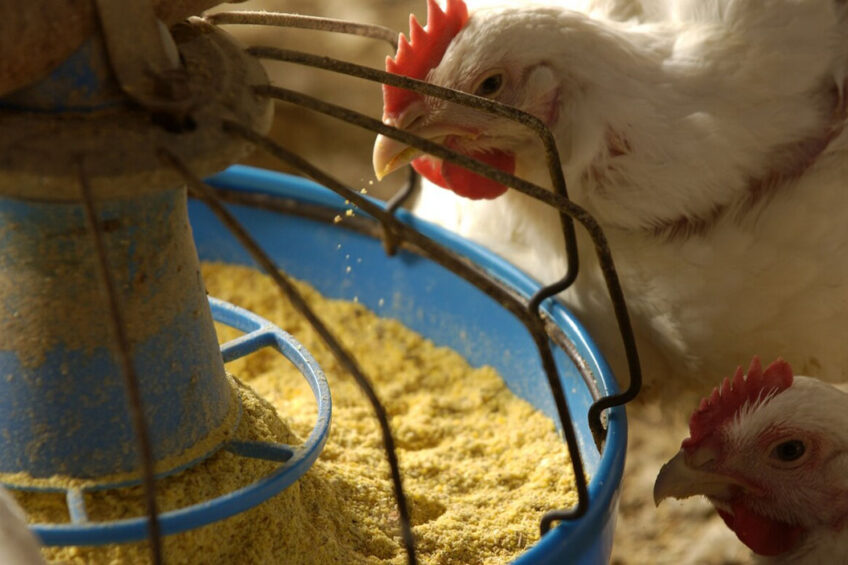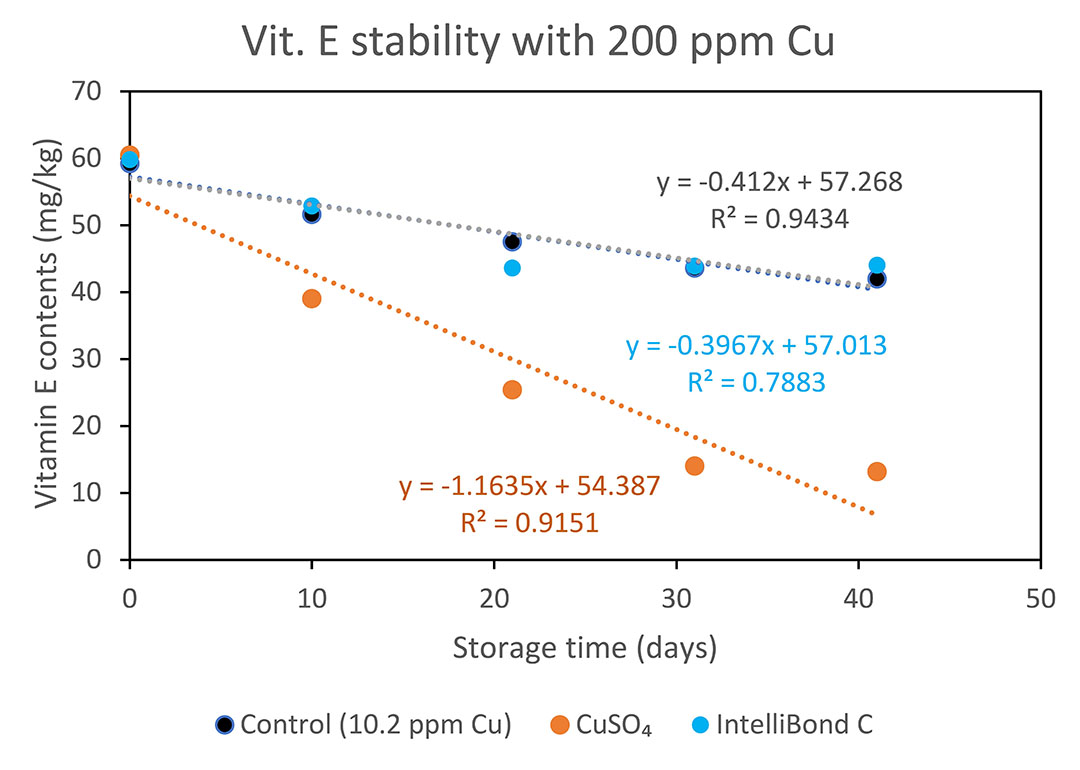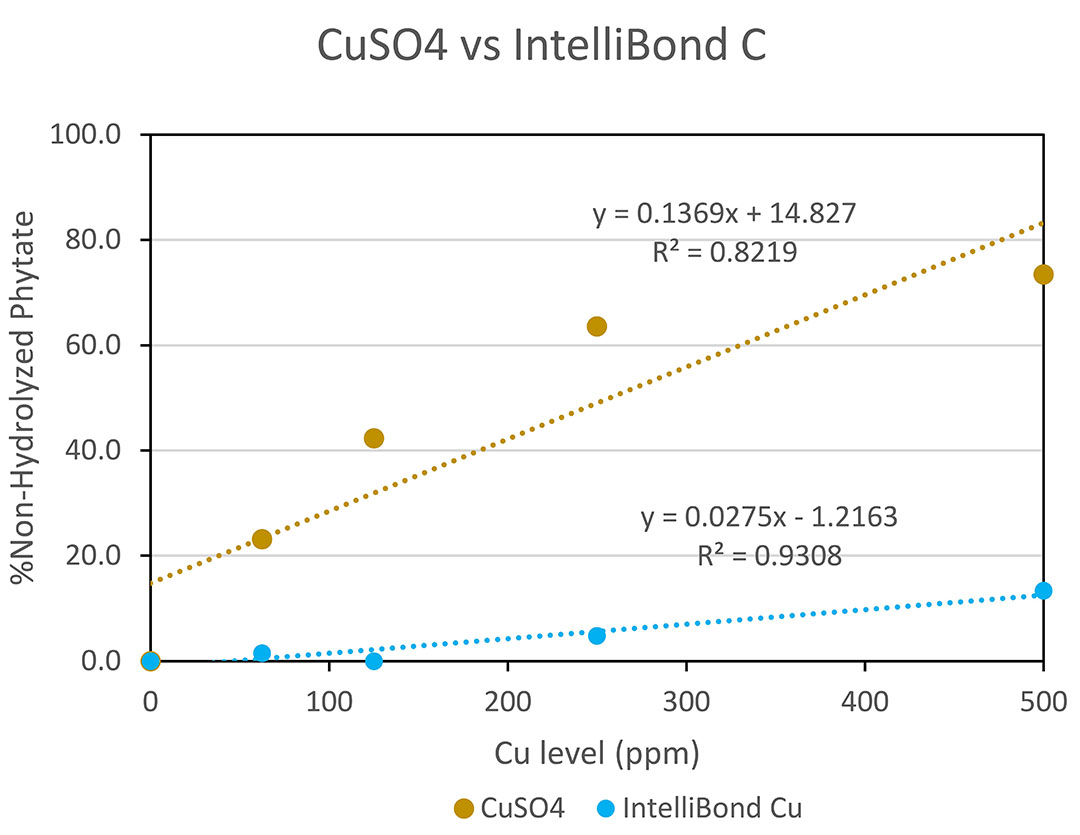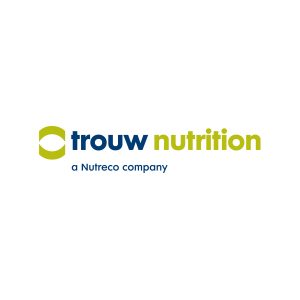Enhance vitamin stability by re-evaluating trace mineral strategies

Since the COVID 19 pandemic, the rising cost of raw ingredients and inconsistencies in supplies have brought about increasing feed costs and have negatively affected the growth of the poultry industry. To cope with increasing feed prices, it is necessary to ensure feed quality and enable that all nutrients are optimally utilised by animals.
Vitamins and trace minerals play an essential role in supporting animals. Especially in times of increased need, the quantity of minerals, vitamin E and vitamin C added in a diet tends to be increased to mitigate challenges. Unpredictable heat waves are a good example, which lead to oxidative stress and health challenges. Given their benefits, it is very critical to maintain the efficacy of these ingredients. Vitamins are susceptible to reactivity, especially with minerals due to their reactive nature, influencing feed stability and shelf life.
Sulphate vs Selko IntelliBond
A primary difference between sulphates and Selko IntelliBond trace minerals is the bonding nature between a metal centre and a ligand. Sulphate trace minerals are comprised of weak ionic bonds that are significantly more soluble in water (pH 7) as well as acidic solution (below pH 4) than hydroxy trace minerals, increasing the presence of a reactive free metal ions. Thus, free metal ions from sulphate trace minerals negatively affect other essential nutrients like vitamins, lipids, phytate, etc. Unlike sulphate trace minerals, IntelliBond trace minerals possess a covalent bond between a metal centre and a ligand. This is similar to the bonds present in organic trace minerals. The covalent bonding prevents the ionisation of metal atoms from reacting with the nutrients in the upper digestive tract. IntelliBond has the metal atoms present in a crystalline structure, reducing the chances of reactivity further.
Why switch from sulphate to Selko IntelliBond trace minerals?
1. Improves stability of vitamins and lipids in the diet
In recent practical applications, the high inclusion rate of copper (150 – 250 ppm Cu) in young animal diets is used to decrease wet dropping incidences, improve gut integrity and growth performance. Therefore, it is important to assess the impact of high levels of Cu from different Cu sources to ensure limited impact on stability of other nutrients, especially vitamins and lipids.
As shown in Figure 1, vitamin E stability in the presence of the high level (200 ppm Cu) of Cu from IntelliBond C or Cu sulphate was examined in stored feeds, in the respect to control (10.2 ppm Cu from CuSO4). The results suggested that the loss of vitamin E content with IntelliBond C was well matched with the control while vitamin E with copper sulphate was greatly reduced. Thus, vitamin E content was reduced by 32% by day 10 and by 70% by day 20 in the feed that included 200 ppm Cu from Cu sulphate instead of IntelliBond C. As an effect, when birds received diets with varying levels of Cu sulphate or IntelliBond C, birds on the IntelliBond C diets showed higher levels of vitamin E presence in plasma and liver. Similar to vitamins, a study investigating the differences between IntelliBond C versus Cu sulphate at 200 ppm showed a reduction in lipid oxidation when using IntelliBond C. Lipid oxidation increases the presence of toxic compounds such as free radicals and peroxides, which can reduce feed palatability and lead to oxidative stress.
Figure 1 – Improving Vitamin E stability with Selko IntelliBond C.

2. Selko IntelliBond trace minerals improve phytate hydrolysis
Phytase is added in about 90% of poultry diets to improve the released amount of phosphorus by hydrolysis of phytate-bound phosphorus (P) and reduce the added amount of inorganic phosphorus sources (dicalcium phosphate – DCP, monocalcium phosphate – MCP, DMCP). Phytic acid can easily chelate divalent metal ions such as Zn2+, Cu2+, Mn2+, Fe2+, Ca2+, and Mg2+ and form metal-phytate complexes existing in soluble and/or insoluble forms which are not available by phytase. Thus, this interaction may potentially limit the amount of phosphorus available for absorption by the animal, leading to an increase of excreted phytate-bound P by animals into the environment.
A feeding trial concluded that the inclusion of 200 ppm Cu from Cu sulphate in comparison to IntelliBond C inhibited on average 3.56% of phytase activity during the 40 days of storage period. In an additional study comparing sulphate to IntelliBond C (Figure 2), a strong negative relationship was examined between phytate hydrolysis and the solubility of Cu sources with five concentrations (0, 62.5, 125, 250 and 500 ppm Cu). Thus, phytate hydrolysis was substantially inhibited more as pH increased towards neutrality with higher concentration of Cu ions. IntelliBond C in comparison with CuSO4 increased phytate hydrolysis because of lower solubility of IntelliBond C, forming less insoluble Cu-phytate.
Figure 2-Increasing phytate hydrolysis with Selko IntelliBond C.

Why switching to Selko IntelliBond makes sense?
Due to the increased prices of raw ingredients, feed cost reduction is the main goal for many feed producers. It is a common perception that switching from sulphate to IntelliBond trace minerals means an increase in feed cost. Based on several studies however, it has been proven that the complete replacement of sulphate trace minerals source provide value before being consumed by the animal by substantially improving feed ingredient stability and availability. This may lead to a lesser need to increase vitamin E and inorganic phosphate inclusion during formulation. Therefore, there can be savings on feed cost in addition to the value of improved animal performance without impeding the function of other ingredients such as vitamins and enzymes.






